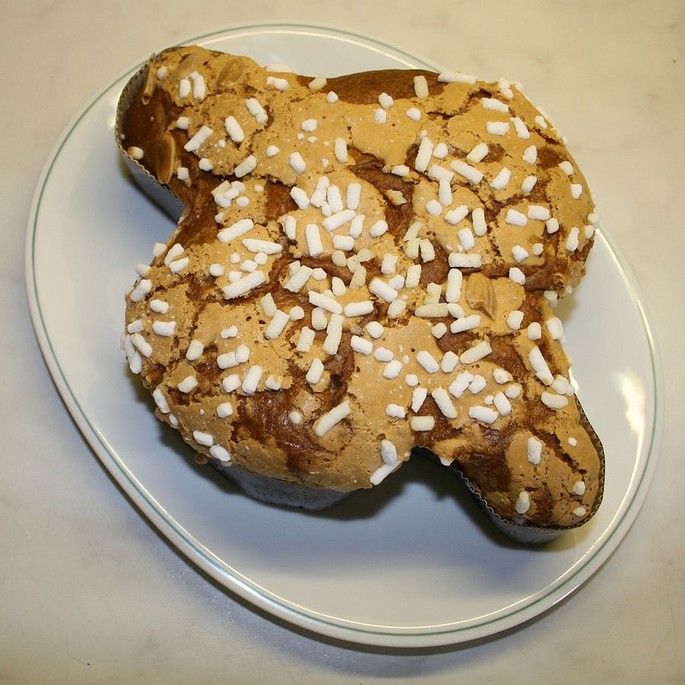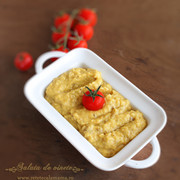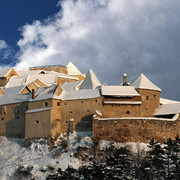Several legends are associated with the origin of Colomba. The first would go back to the times of the Lombard King Alboin, who, after three years of siege, invaded Pavia on the day of Holy Saturday; while he was deciding what the fate of the city would be, an old man came and offered him sweet breads, with doves form, as a sign of peace. Alboino liked it so much that he promised to respect the city and its inhabitants. Another version connects them with the Queen Teodolida and San Colombano, who invited for lunch, refused the food with venison, because of the Lent. The queen was offended and the monk said that he would only eat the meat after the blessing: when he did so, the dishes became white bread doves. Another legend goes back to the battle of Legnano, invented by a commander of the Carrocio, in honor of the pigeons who placed themselves on the Lombard coats of arms during the battle.
The dough for the Colomba is made in a manner similar to panettone, with flour, eggs, sugar, natural yeast and butter. Unlike the panettone, it usually contains candied peels and no raisins. The dough is then transformed into a pigeon shape (Colomba in Italian) and finally covered with crystal sugar and almonds before being baked.
The Colomba was commercialized by the Milanese baker and businessman Angelo Motta as an Easter version of the Christmas specialty Panettone.
Here's a recipe from a Ligurian baker, Papum, who offers a faster version because it shortens the fermentation times.
Ingredients: (for 2 Colombe of 500 g or 2 of 300 g plus 2 of 170 g)
- 500 g flour Manitoba
- 100 g sugar
- 140 / 150 ml water
- 100 g butter
- 5 g salt
- 15 g brewer's yeast
- 2 eggs
- 1 egg yolk
- 1 vanilla pod
- grated orange and lemon peel
For the glaze:
- 50 g of flour
- 100 g sugar
- crystal sugar
- Almonds
- Enough water
Procedure:
- Make a batter with all the ingredients, using half of the water, when you have made the dough ball, add the remaining water until you have got a soft but elastic dough. Hand or knead with the hook of the food processor until you have a nice smooth dough, it takes about 15-20 minutes to perfect. Papum recommends, at intervals of 10 minutes, to turn the dough over a few times on a surface to give the dough more power.
- Let rise in a greased bowl covered with plastic wrap until it doubles, it will take about 1 hour and 30 minutes. After this time proceed with the molding of the pigeons. If you do it without mold, the steps are as follows: First, cut the dough into pieces of 100g, then roll each piece wrapped, turn 90 degrees and roll again. Then divide each piece into two equal pieces and roll both again. Make with these pieces the wings and the body of the dove. Stretch the dough for the wings, give it a U-shape and place in the mold; Take the dough for the body, stretch it a bit, sculpt the head and place it across the wings.
- Let covered in a dry, warm place. The dough should double, it will take about two hours.
- Prepare the glaze: Mix the flour with the sugar and a little water until you have a thick consistency, but able to be spread with a brush. Carefully spread the pigeons with this porridge and sprinkle with granulated sugar, plenty of crystal sugar and almonds.
- Bake in a static oven at 210 degrees for about 10 minutes, if you make small colombe and for about 25-30 minutes when you prepare big ones; always do the toothpick test.
You can also freeze and store them for 3-4 days in sealed food bags.







